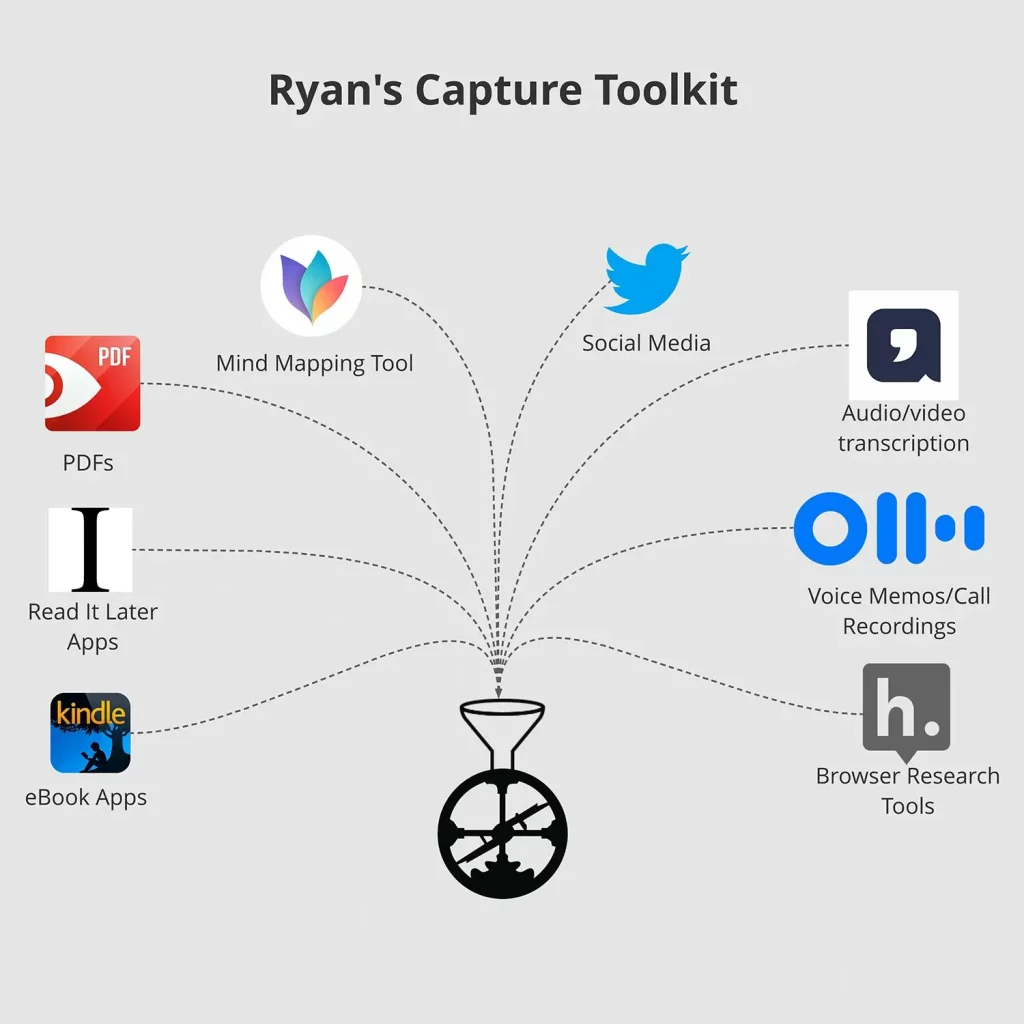Readwise: Why everyone should use it. No exceptions.
So What is Readwise, anyway?
Readwise is a tool to get the most out of what you read. Sounds simple, and it is, but the way they have built it and how you interact with it really shines through.
Some people think Readwise is just spaced repetition – it is, but so much more than that. Spaced repetition is an evidence-based learning technique that is usually performed with flashcards. Newly introduced and more difficult flashcards are shown more frequently, while older and less difficult flashcards are shown less frequently in order to exploit the psychological spacing effect. The use of spaced repetition has been proven to increase rate of learning.
How they break it down on their site:

The Problem Readwise is Solving
You can get better at reading in 3 different ways:
Choose better titles to read in the first place
Become more efficient at reading (also knowing when to stop if you aren’t getting what you want from a book)
You can remember more from what you read
Readwise is solving the later problem currently as it’s the most important part to solve first.
Just like in good Conversion Rate Optimization in Marketing (what I do), you don’t spend more money on ads or invest in aggressive traffic growth in SEO if you aren’t converting people. You first need to get your opt-in/conversion rates to an acceptable standard first, then invest in those areas.
Really feels like nailing down the fundamentals first, then once you have a solid base, expanding out.
Why you absolutely need Readwise (even if you have a photographic memory)
Building a second brain
Let’s be honest, we don’t retain as much as we’d like – that’s just reality. Even for those people who have photographic memories, you still aren’t going to be making the connections to the level you would with a note-taking tool. I currently use Roam Research for my personal knowledge management solution. I have dabbled and am still somewhat vested in Obsidian and Notion as well.
However, Roam just works for me on another level outside of Obsidian and Notion.
I will say that taking Tiago Forte’s course on “Building a Second Brain” (BASB) was helpful to thinking through a framework for my knowledge management. He uses a “PARA” framework (Projects, Areas, Resources, and Archives) where everything fits under one of those areas. While I don’t use that today, I did find it a helpful framework. (I feel like everything is sort of a resource in Roam)
I did find his “CODE” framework (Capture, Organize, Distill, Express) helpful as a way to think about the BASB process of how things flow.
P.S. Here are my capture tools for my “Second Brain”
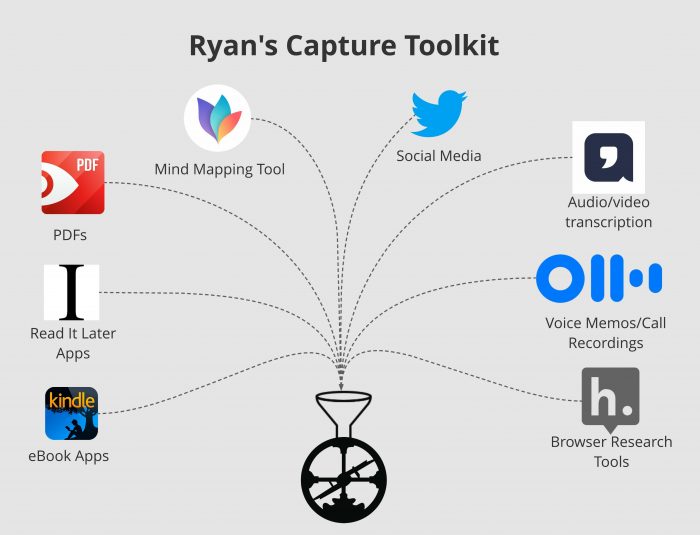
Making connections where you never thought possible
I will let Roam Research speak for itself here with this exact usage of connecting a keyword “connecting thoughts” show a previous article I read:
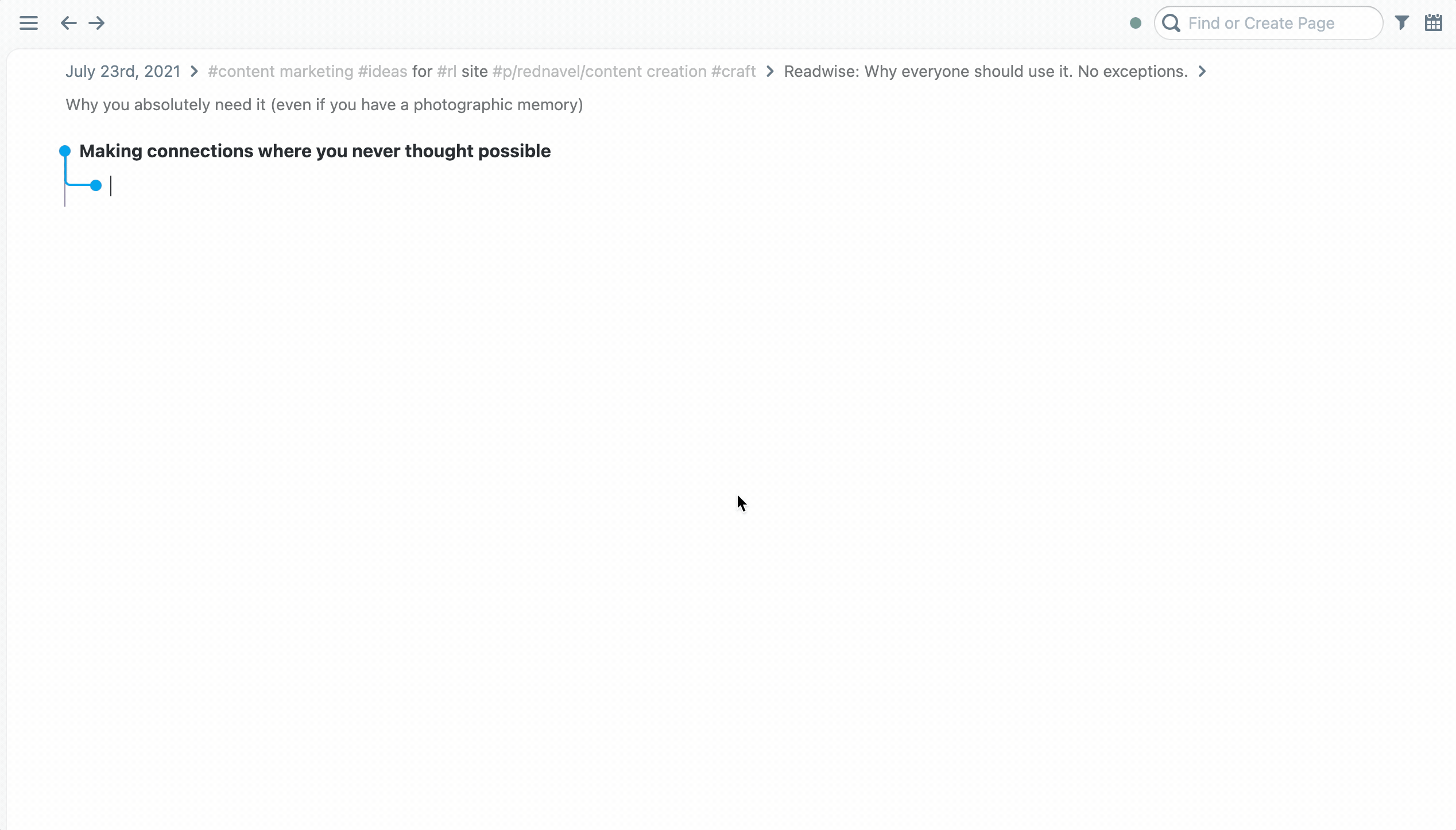
Roam does this better (and with better ux) than any other tool out there on the market IMO.
How I use Readwise
Daily review(s)
This is one of the core features of Readwise. It’s really where you start at when you log in to Readwise. Or at least what you see first.
I currently take full advantage of their Daily Reviews feature and have 16 different themed reviews currently.
Here is an example of how one looks:
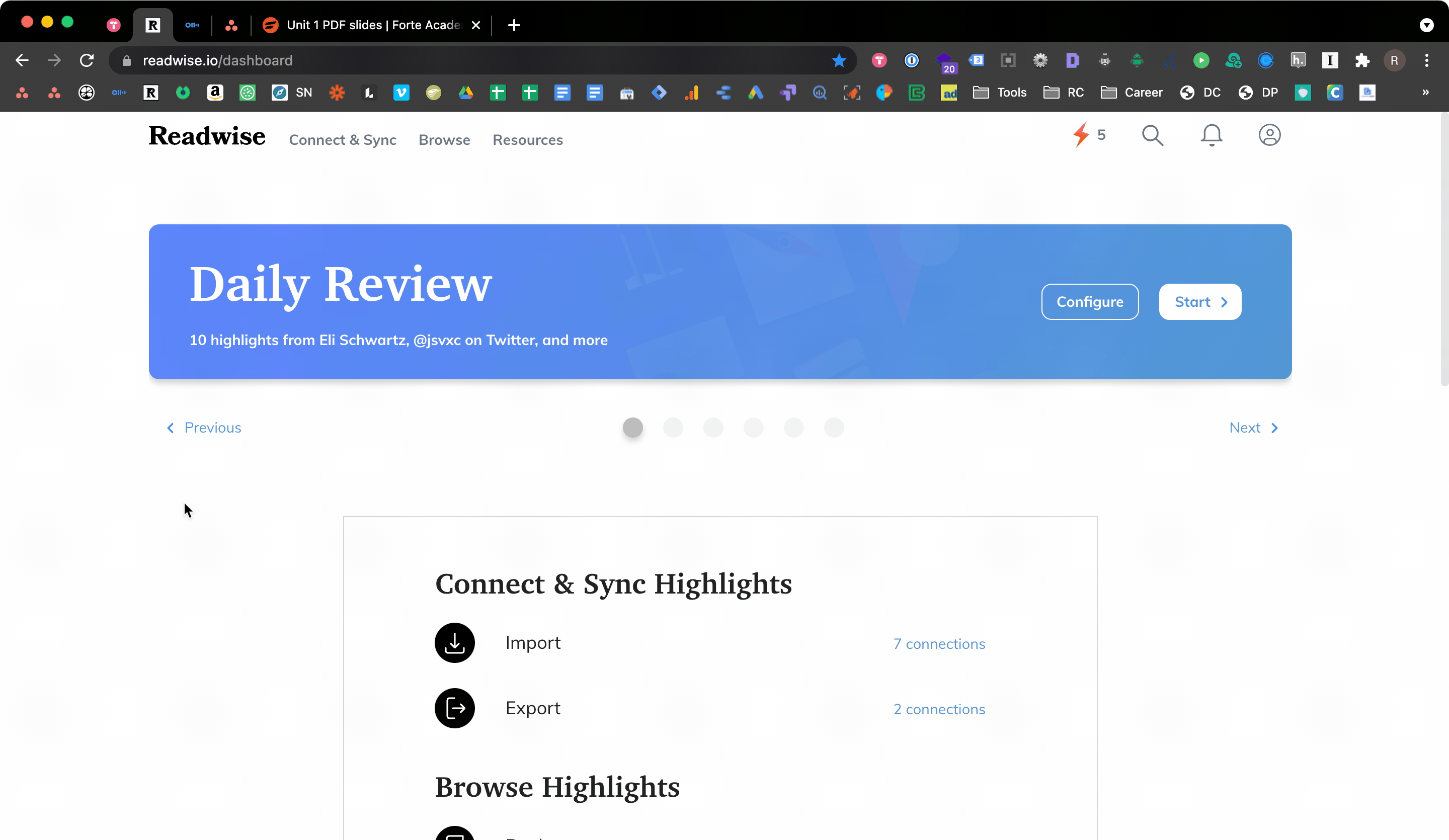
My different reviews are all tag-based (we’ll get to those here soon enough) and that’s how/why I have many different daily reviews.
You can also set your daily reviews based off of document tags (not just individual block-level tags) or based on an individual book. Say you are reading one right now and you want a Daily Review setup to retain knowledge as you read it/shortly after. That’s a great technique.
Importing into Roam/Notion
How to get information into Readwise
All sources are easy to connect to Readwise. Here are the current sources I have flowing into Roam:
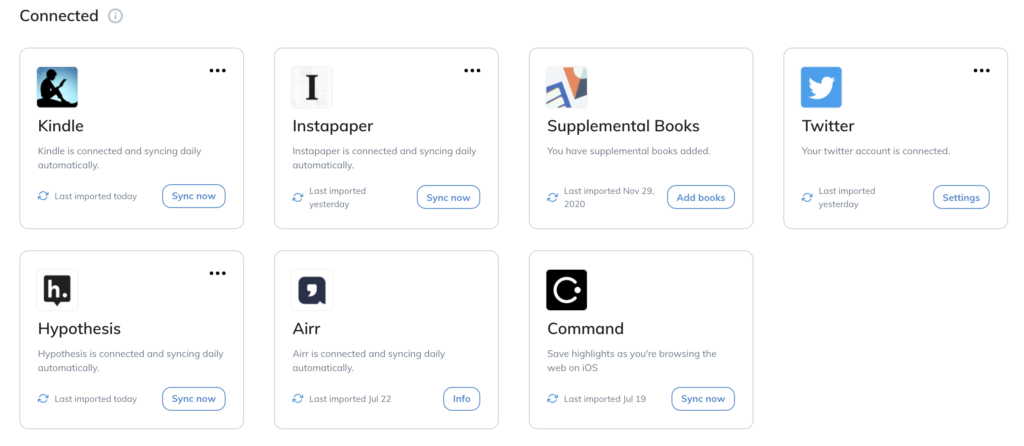
I did make some switches in adopting this second brain process – I switched from Pocket to Instapaper (Pocket is still supported by Readwise, but highlights aren’t treated as a “first-class citizen” in Pocket, which was the main basis for my switching.) I do think this is also the reason the vast “Second Brain” community uses Instapaper as well.
How to get information out of Readwise
Here are all of my sources flowing out of Readwise:
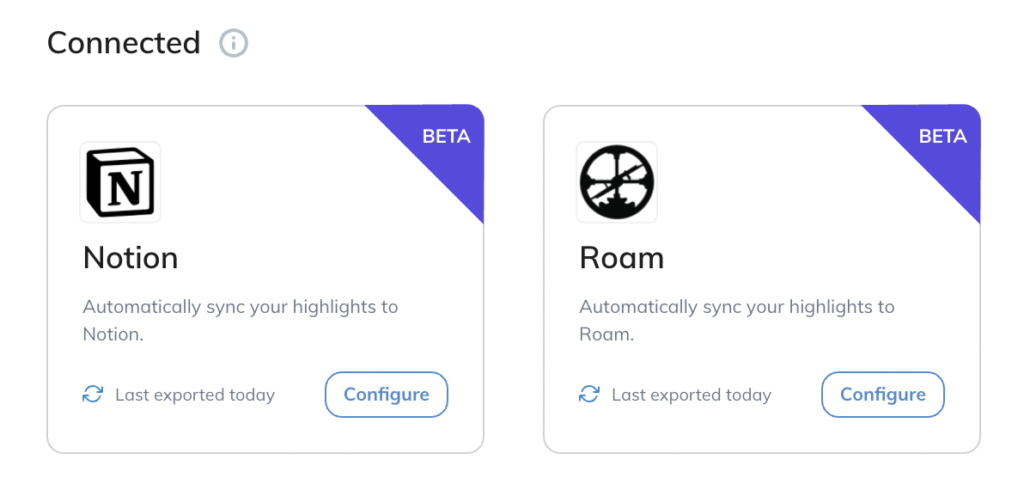
It may seem a bit confusing at first to think information is coming in, and then fairly quickly going right out of Readwise. To this, I would use the analogy of Zapier (any other Marketers out there?). Readwise isn’t trying to be a note-taking tool. Both of the founders have clearly stated this isn’t their goal – though, you could use it to that level in some sort.
While I appreciate the daily reviews of Readwise, if something ever resonates with me during a daily review, I will recall it in Roam Research and mark it down on my Daily Notes page.
I will also favorite it in Readwise – but favorites will soon be a collection of random stuff for me in which I will have to filter via tags…so, Roam once again is where I will be actionable with my Daily Reviews in Readwise (more on Roam workflows in a future blog…)
Here is one way I use the Readwise imports into Roam to review what I read recently (let’s look at books as an example):
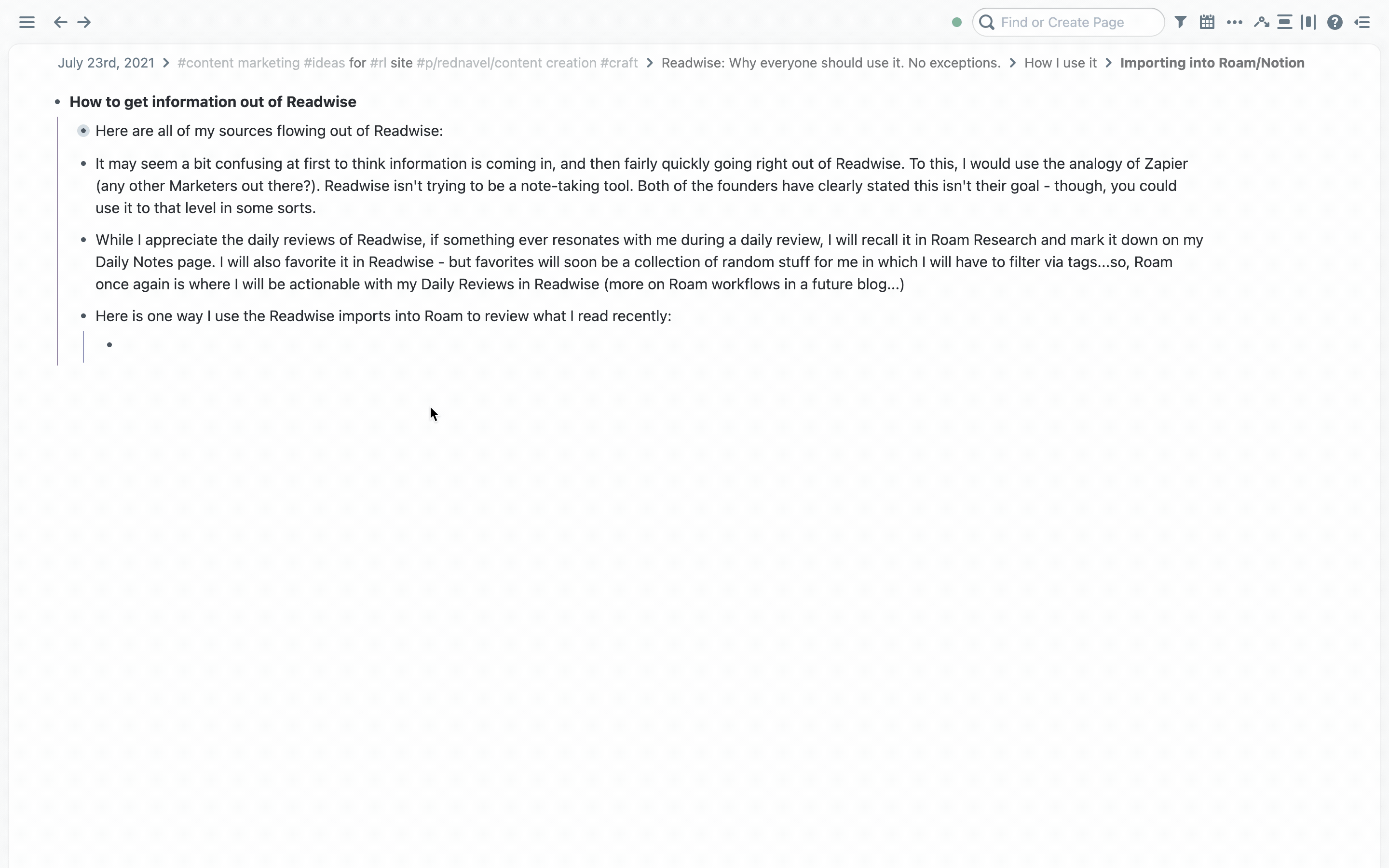
Notion looks a bit different as it’s a lot more structure – and sometimes I do like that (not very often, though) so I have it flowing into there as well. (Notion is usually less actionable for me of connecting thoughts and more visually appealing. Roam’s “flat” architecture plays really well for me and what I need)
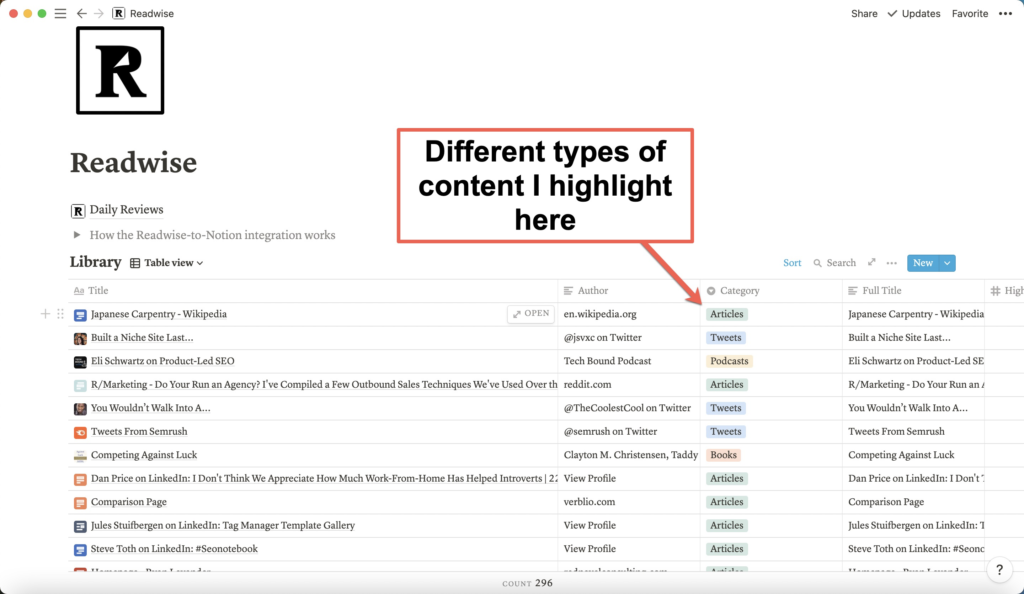
In writing this piece, I realized you can export your daily reviews from Readwise into Notion (which is a really nice feature). I did write Readwise and request they add this for Roam, which I don’t see that option as of right now 🙁
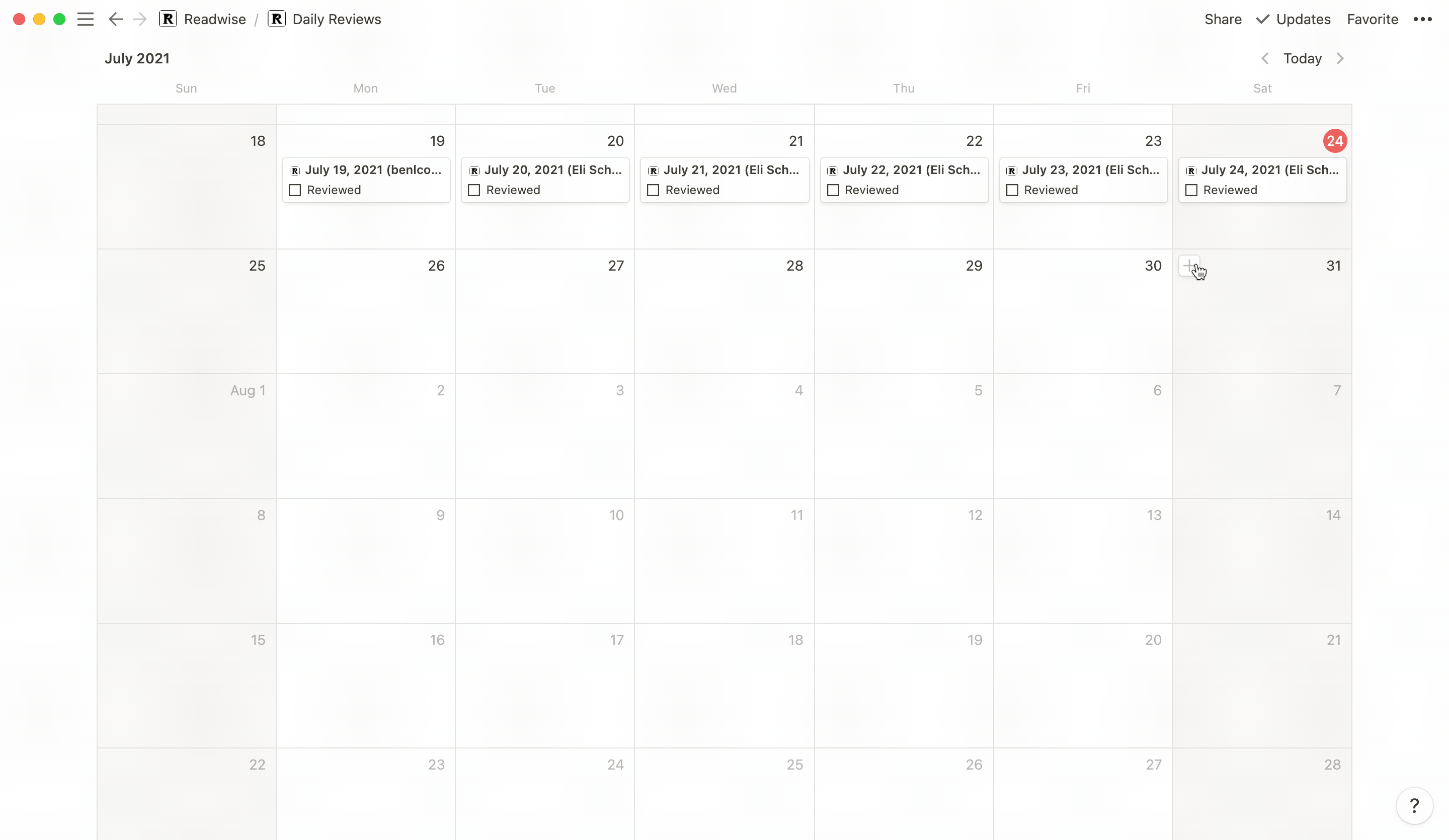
Here is an example of the complete control you have over your exports to Roam to customize to your heart’s content:
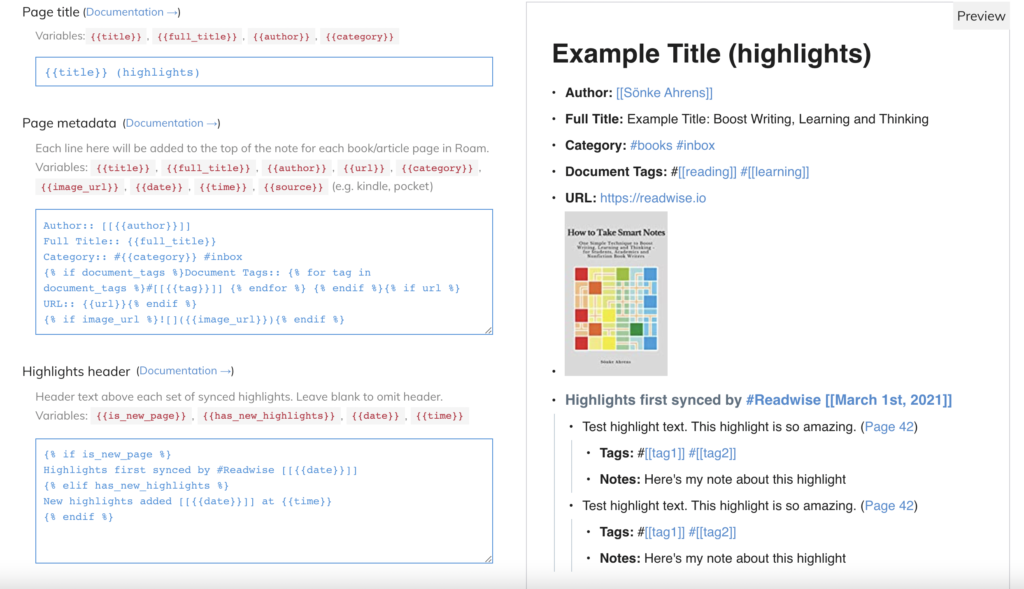
Pro tip: Don’t touch this until you start to use Roam more and have a reason to change something. I made modifications 2 months into using Roam with Readwise after I realized how I wanted to see things. But you’ll waste time here changing things right away when you might be totally fine with how Readwise exports to Roam.
Keyboard shortcuts and quick flows that they have clearly thought about
Readwise has done a great job of thinking through the user experience here (both on mobile and desktop). The fact that they thought through keyboard shortcuts to the level they did (and have them for all options in the daily review) says they really know their audience 🤓
Here is a screenshot the shows what all of the shortcuts are for the daily review:
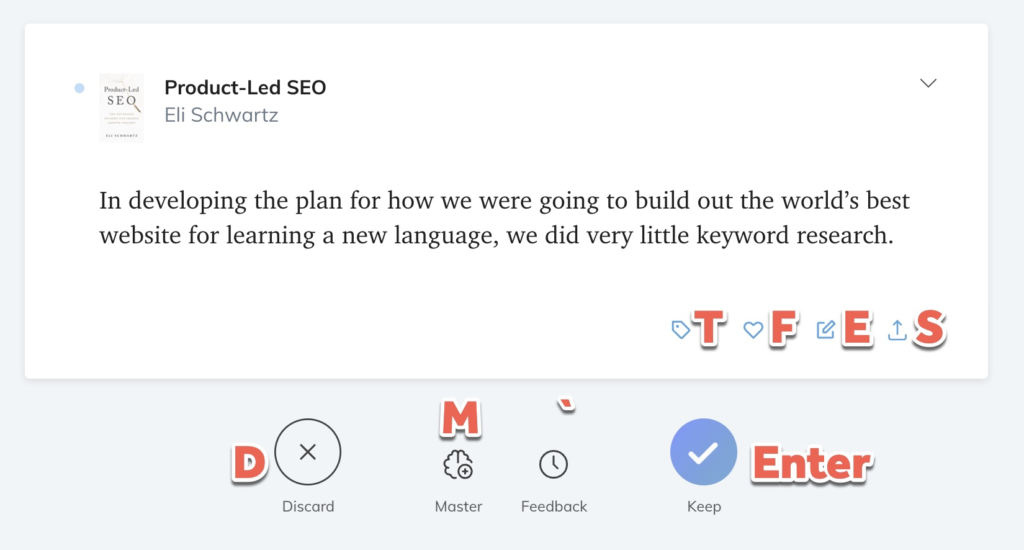
They all make sense and are easy to remember right out of the box. This helps me focus on the review itself vs having to drag the mouse and click. I use keyboard shortcuts whenever and wherever possible.
Here is an example of how I also progressively summarize (bold and highlight) my reviews as well (This way, when they come back up, I’m drawn to the important points in long sections – this wasn’t a long section, but you get the idea)
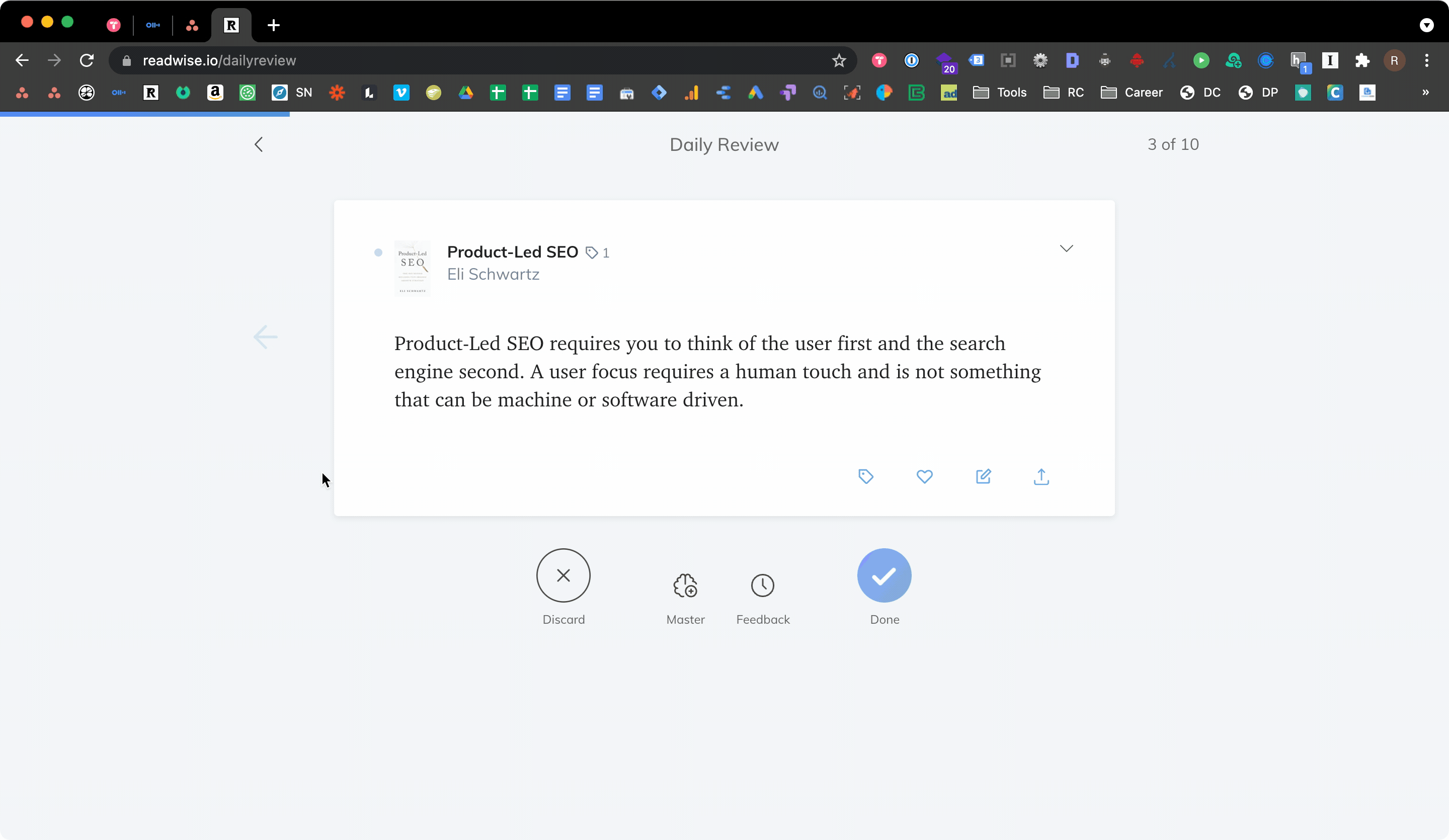
The Necessary Talk About Tags
Tag alignment in my PKMs
Try and make your life easier with tags, don’t overcomplicate things here. I try to have all my tags that I use in Readwise be the same I use with Roam. I do a good job of that, but I’m sure there is something off somewhere – I’m fine with that. I’ll catch it if it matters enough. That’s my philosophy (don’t do work to make your PKM or Readwise “perfect” just changes things as they are needed – otherwise, you’re going to spend a lot of time here and not get the ROI you should)
I keep this rule now as I had some duplicates over time: Lowercase and pluralize everything.
Using tags to take action
Tagging is a lot more utilized in Roam vs Readwise. You could read all about the Zettelkasten technique (which is partially what I use in Roam) for tagging.
I tag so that I can isolate what I want and filter down to exactly what is needed. Tags and pages are really the same thing in Roam – but again, not going there right now 🙂
Advice for Tag Management
Write down your tags somewhere that you can have as your “master list”. I personally use Drafts for this and “flag” the note so that it’s always right by my inbox. Whenever I decide to add a tag to my system (I don’t do this very often for reasons of keeping them under control), then I add it to my Drafts note.
Here is a list of my tags:
.m=marketing.me=measurement.p=productivity.i=interesting.s=sheets.mi=misc.d=data viz.a=ads.t=thought leadership.pe=perspective.h=how to.l=learned.dp=dinner party.kr–keyword research.s=strategy.bq=bigquery
Using shortcut tags in Kindle + Instapaper.
You’ll notice I used the = style – that is because when you are highlighting in Instapaper or Kindle, you can add a before your tag name and it will “translate” that into a tag.
Once you rename your tag once in Readwise, it will remember and every time you add in the future it will add #marketing in Readwise (and in your exports as well)
Adopting Apps That Work With Readwise (they are better, anyway)
Instapaper (link)
Not a ton needed to say here, Instapaper is pretty intuitive once you get it set up and where you put your content after you read it will also add “document tags” in certain exports, like Roam Research for me.
I personally highlight and add tags quite a bit inline (aka blocks in Roam) so that my daily reviews are more actionable and relevant. That’s just a personal preference.
Here is how my Instapaper is setup:
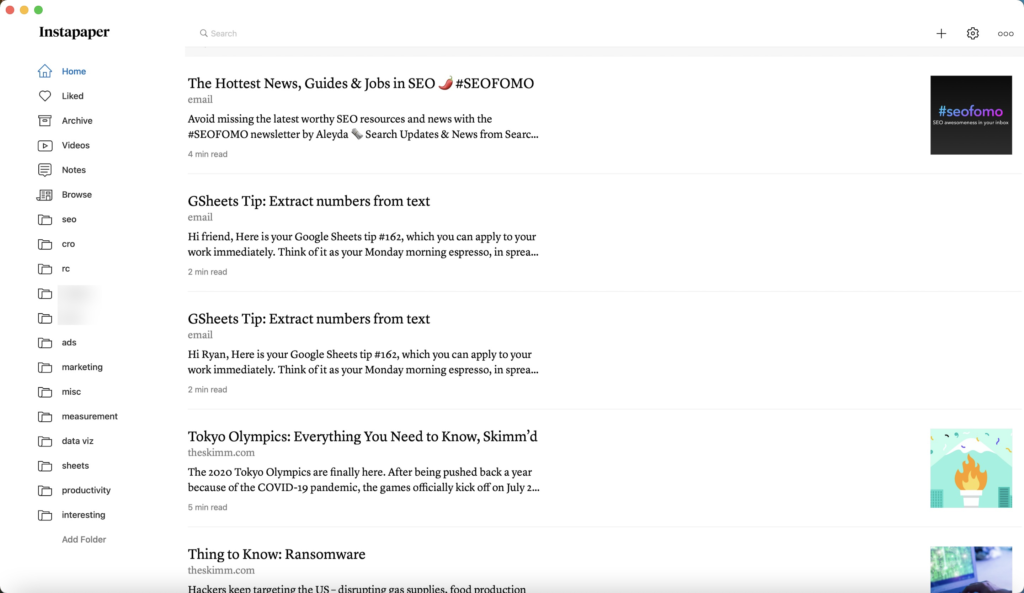
I really love how you can pretty much get anything into Instapaper. You can just forward it to your Intapaper email address. Use their chrome extension, bookmarklet, etc.
Kindle (what I have)
FYI, you can send Instapapers to your Kindle as well.
I take full advantage of my Blinkist app with Kindle. I really love the Blinkist app (did you know it is harder to work at Blinkist than getting into Harvard?) and you can send your book summaries from Blinkist straight into Kindle:
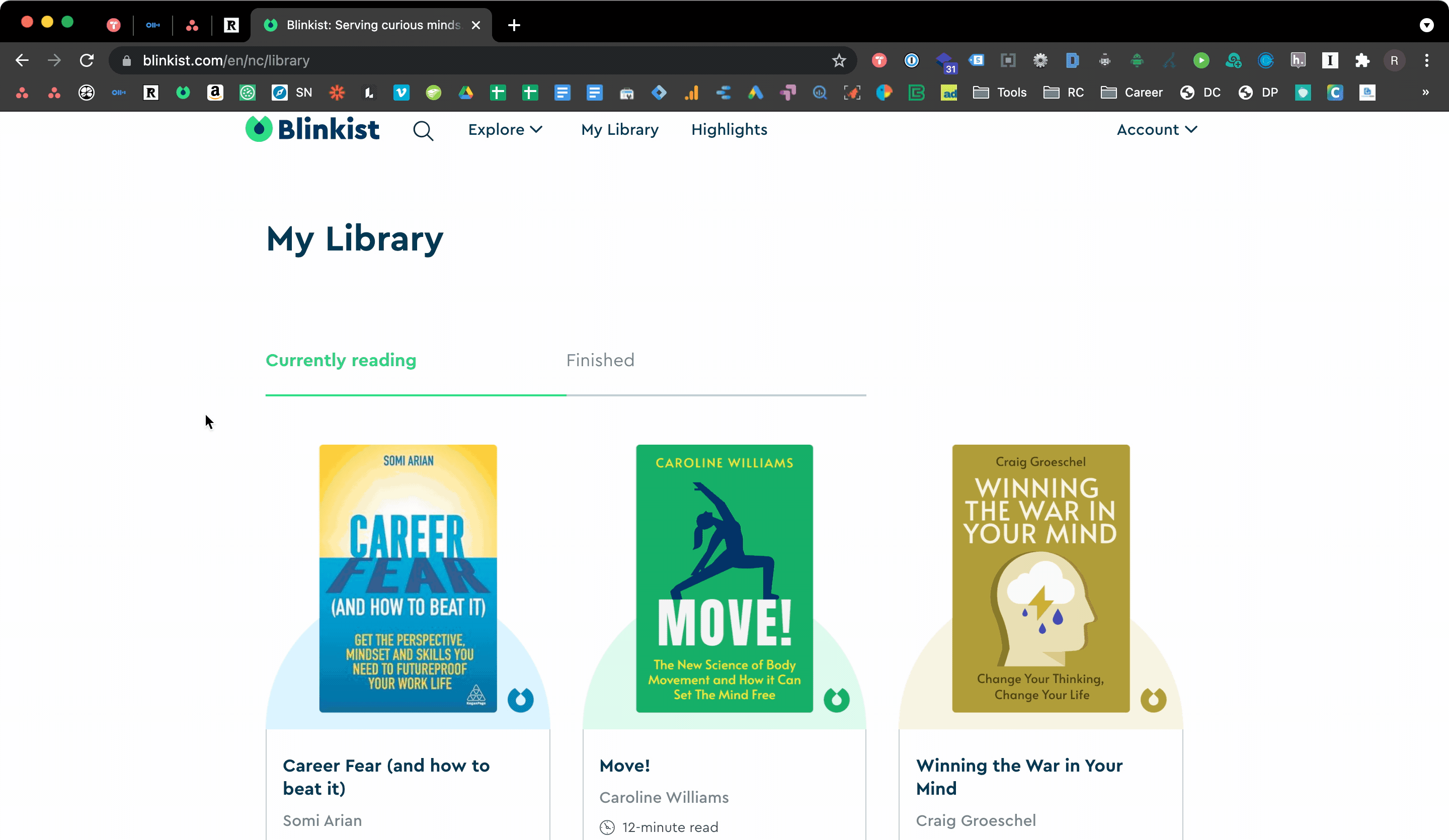
So far, this has been an absolute game-changer for my reading productivity (and retention, naturally).
I read/listened to many Blinks in the past, but I don’t retain as much as I wish I could. I definitely send quite a bit more Blinks to my kindle now instead of only listening to them. If I like them enough on audio, I’ll send them to my Kindle and then highlight to make sure I retain it. If I really like the book, I’ll buy the whole thing and read it on my Kindle. This is my way of keeping my filters up to preserve my time and make sure I’m choosing the best titles in the first place.
AirrQuote (link)
My new podcast player of choice. I switched from Overcast to Airr Beta thanks to the ability to “save an AirrQuote” and it will snapshot the previous 45 seconds of audio (you can alter this time, too). For the most popular podcasts, it will have the transcripts automatically generated.
This works with Readwise and I even find myself just sharing more AirrQuotes to friends than I used to before (no one has time to listen to a 45 mins podcast) – sharing AirrQuotes is caring 🙂
Command (mobile browser) (link)
My new mobile browser of choice (for a whole week now), but importing my bookmarks from Chrome was quite easy and now I’m off and running.
Being able to highlight and annotate as I go (and share that) is incredibly handy. Even second brain stuff aside, I love how I can highlight something with a note, share it with a friend or coworker, and it will scroll them down and highlight the section I was referring to.
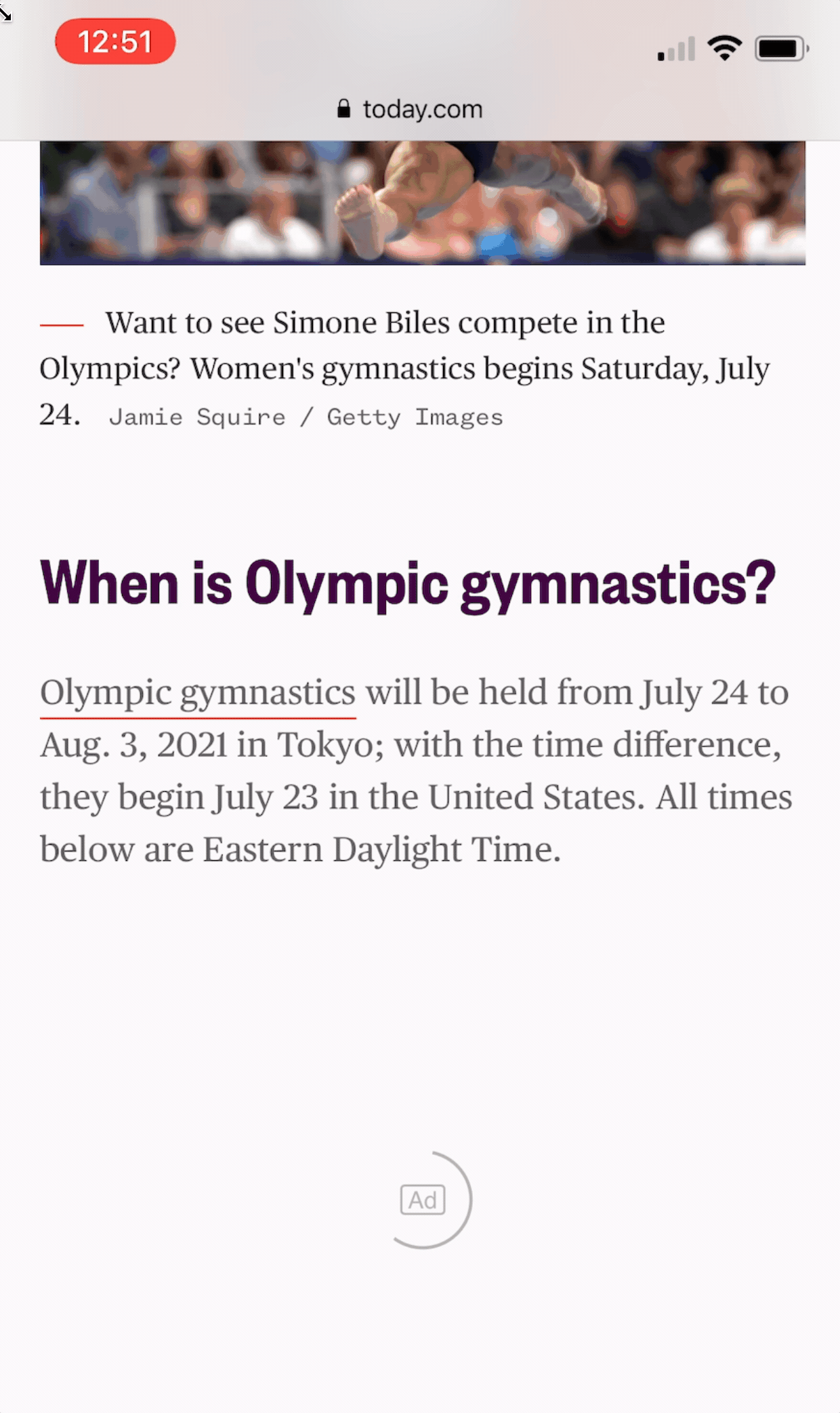
Not to mention share this with your knowledge management to “come back to” remember, etc.
I haven’t explored all these features yet, but it most certainly has a great ux and allows me to easily pick up where I left off with other devices as well (seen here):
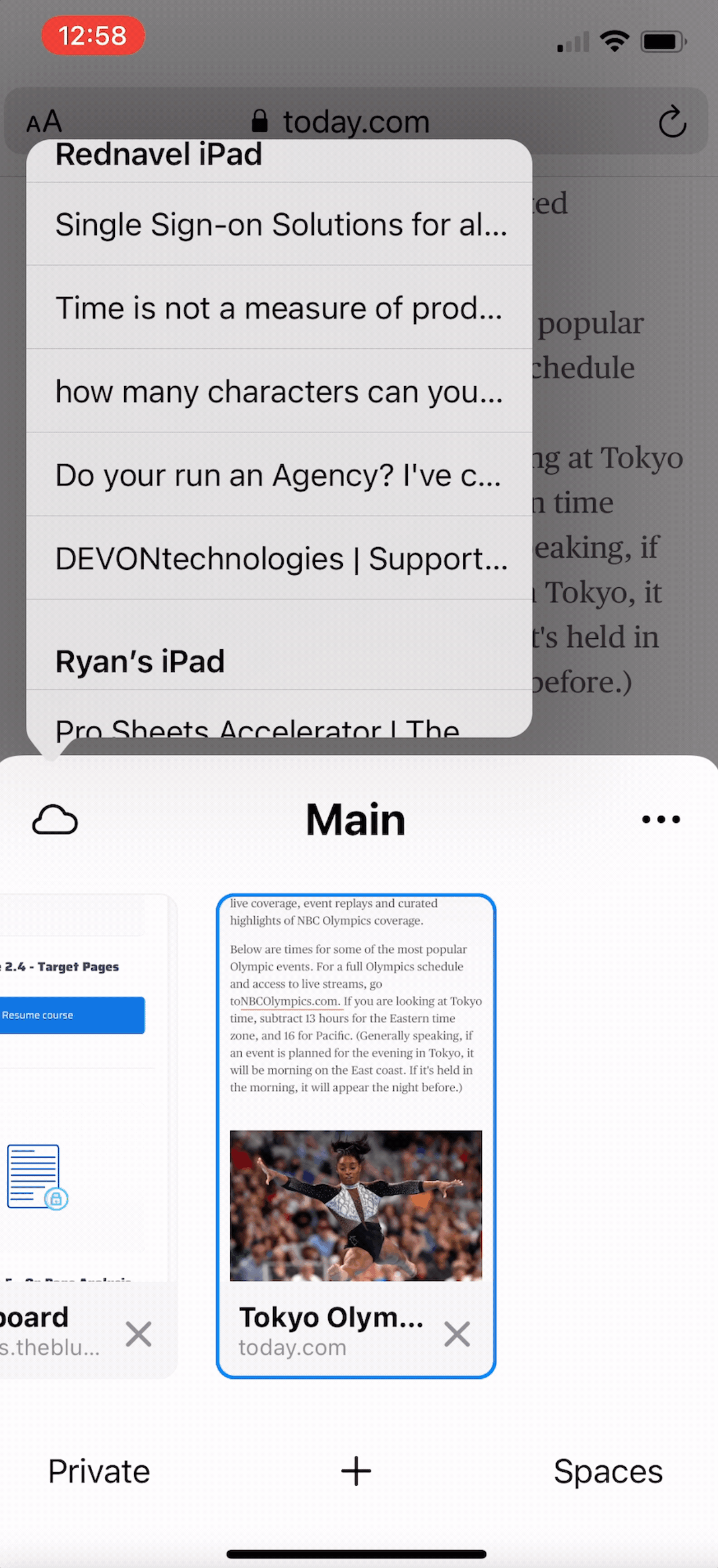
Hypothesis (desktop chrome extension) (link)
As much as I love command as my new browser on mobile, I’m equally excited about Hypothesis as a chrome extension on desktop. And let’s be honest, I was never going to switch from chrome for many reasons (I’m heavily vested in the Google stack) and I think they realized that with the majority of the internet.
Hypothesis allows you to pretty much do the same thing in terms of highlighting and annotating. Then sharing publicity (with anyone) or privately if you want you just retain the highlight and/or note yourself.
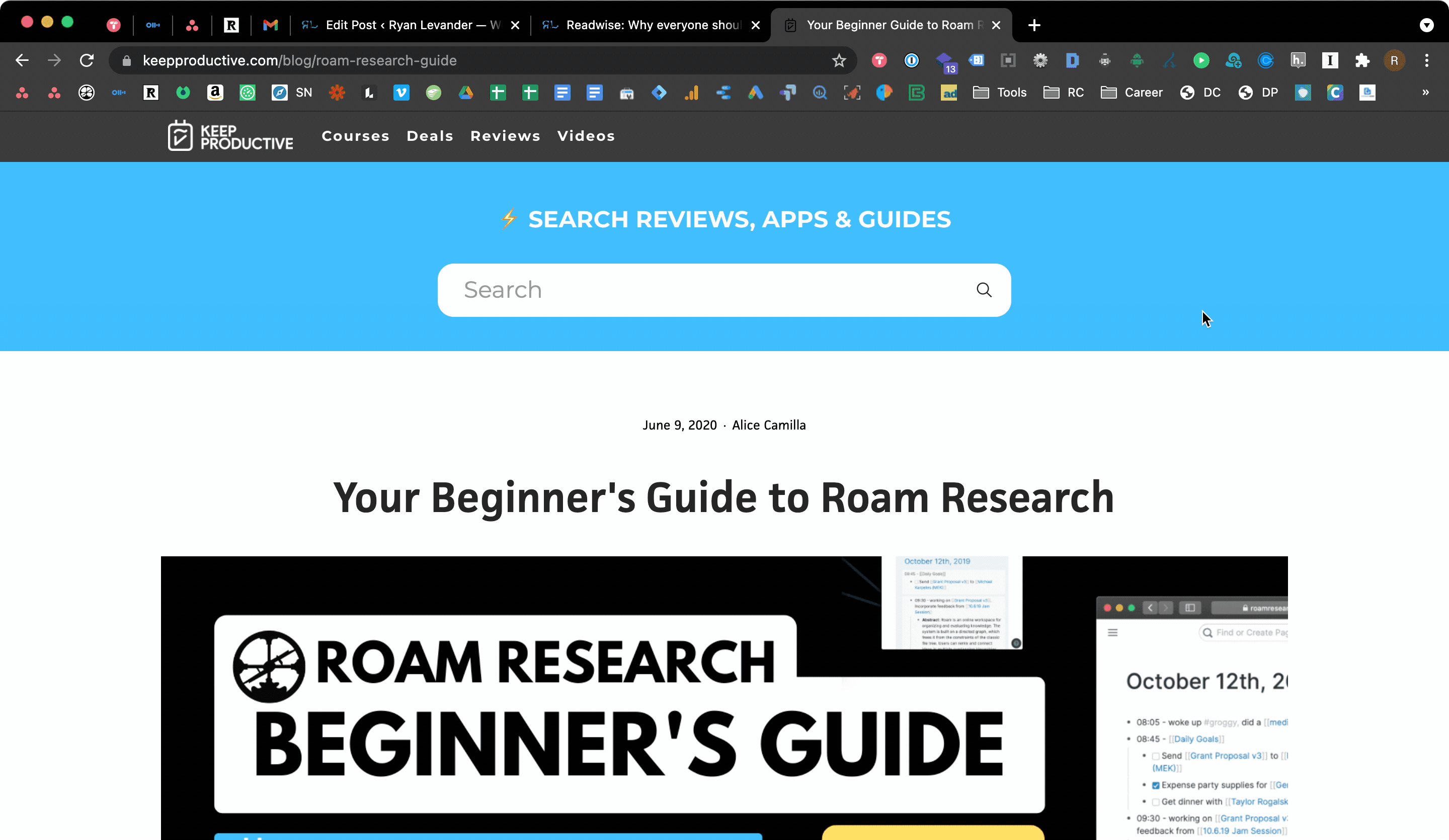
I used to use Eloquent to highlight/bring in information to a sidebar, then copy/paste into Roam. However, Hypothesis does this automatically thanks to their Roam integration and it’s a much better ux anyway. Win win. The fact that I have an account and can sync it across devices is very helpful.
how to use Readwise on Twitter
I’ve started to use Twitter more now thanks to Roam and Readwise. And, just being heavily rooted in the SaaS industry now (the most fun place to be a Marketer, IMO).
All you have to do in order to save Tweets to Readwise is comment at @readwise, like this:
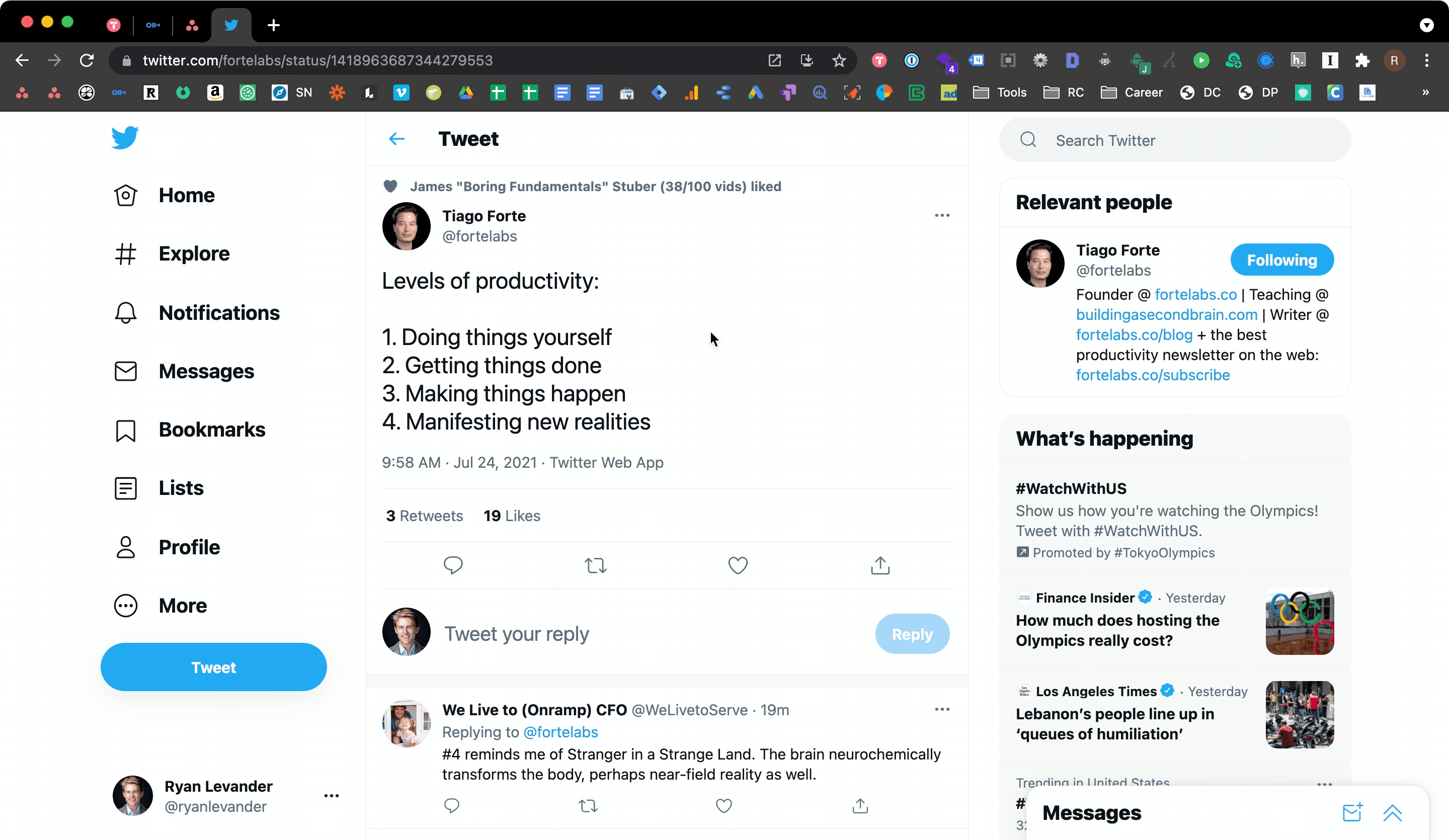
You can comment either “save” or “save thread” to bring in either the original post or the post + thread. I usually just bring in the tweet unless I want the whole thing.
Bonus: Close Deletion, Active Recall, and Progressive Summarization
Close deletion is the MVP, start there
I don’t want to invest the time it would take to come up with questions and answers for my Daily Reviews and retention from books. I don’t have that much time 🙂
Here is what I do instead with close deletion
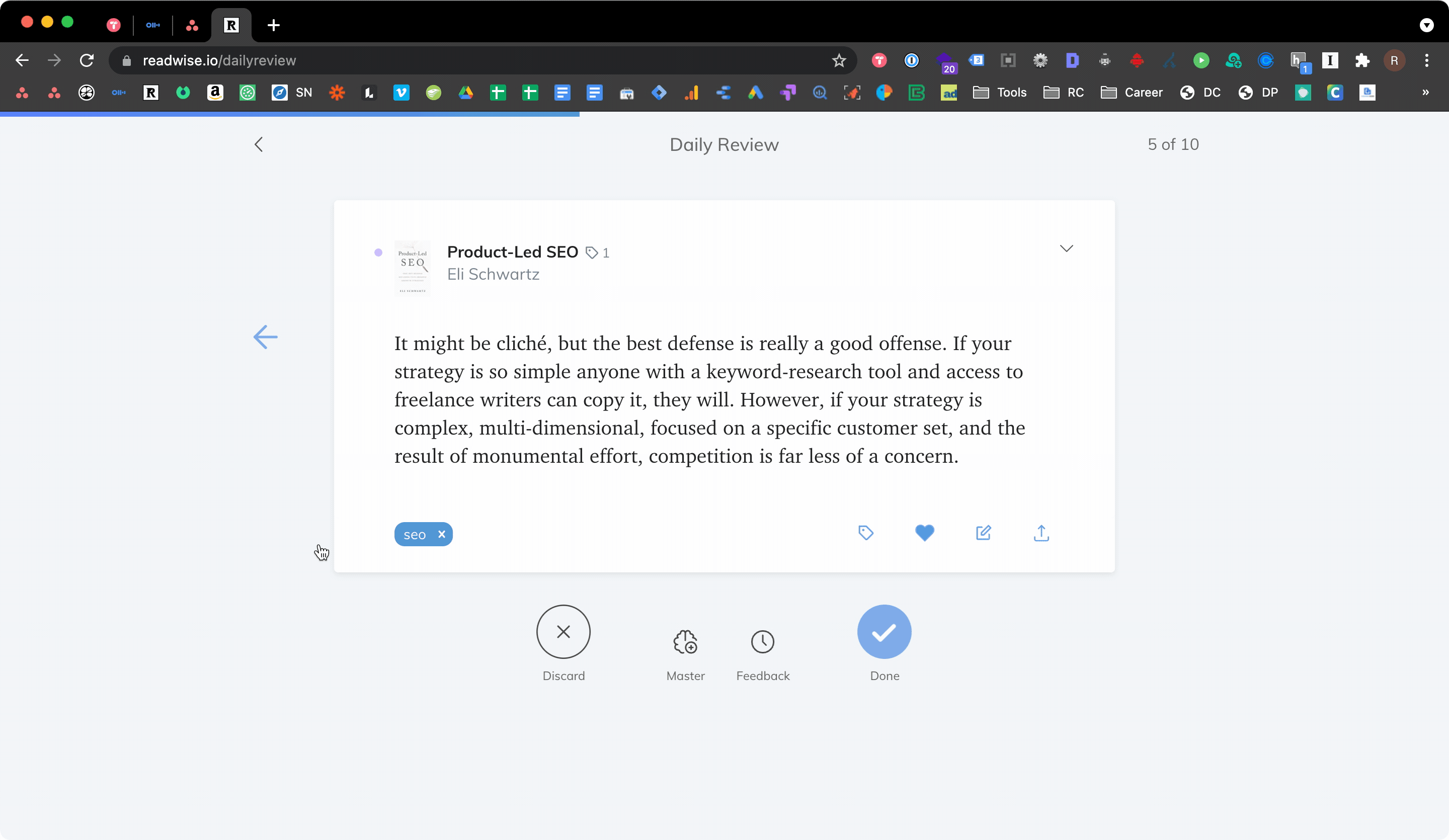
So basically, you just fill in the gap(s) of what is missing.
What to bold and what to highlight (what is the point of this)
The overall point of highlighting and bolding is to be able to swim and quickly retain what might be a lot of text you highlighted in the first place. Step one of that is to make sure you aren’t highlighting too much, to begin with.
You can use the concatenation tag to trim the fat. For instance, if you see something at the start of a paragraph and then at the end, you can use and bring them together with ellipses in the middle. More on that in Readwise’s documentation here.
Most people don’t spend enough time on distillation and expression (I’m guilty of this still). Don’t just focus on the capturing (that’s the easiest part, quite frankly). That’s helpful early on when you don’t have much of a knowledge base, but overtime you’re gonna want to make more connections and spend time on distillation and expression.
"*" indicates required fields


